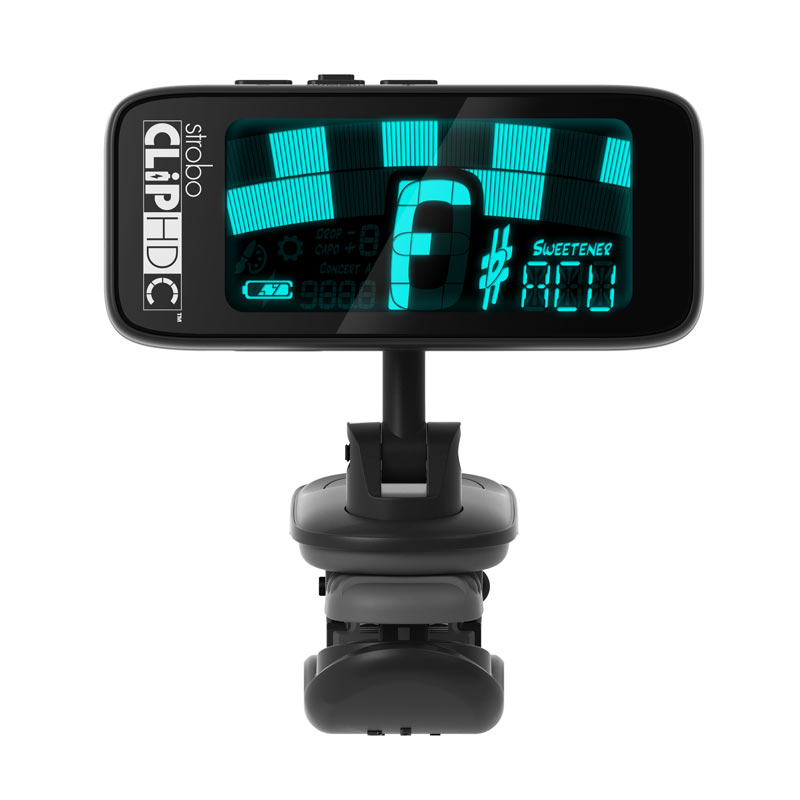User Recommended Harp Tuners
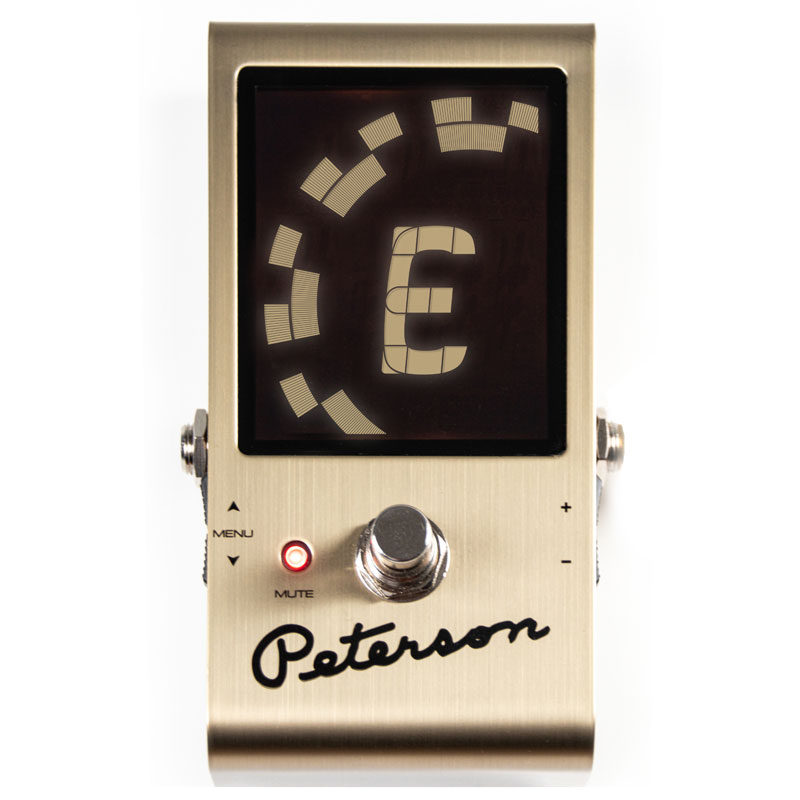
StroboStomp LE
$169.00
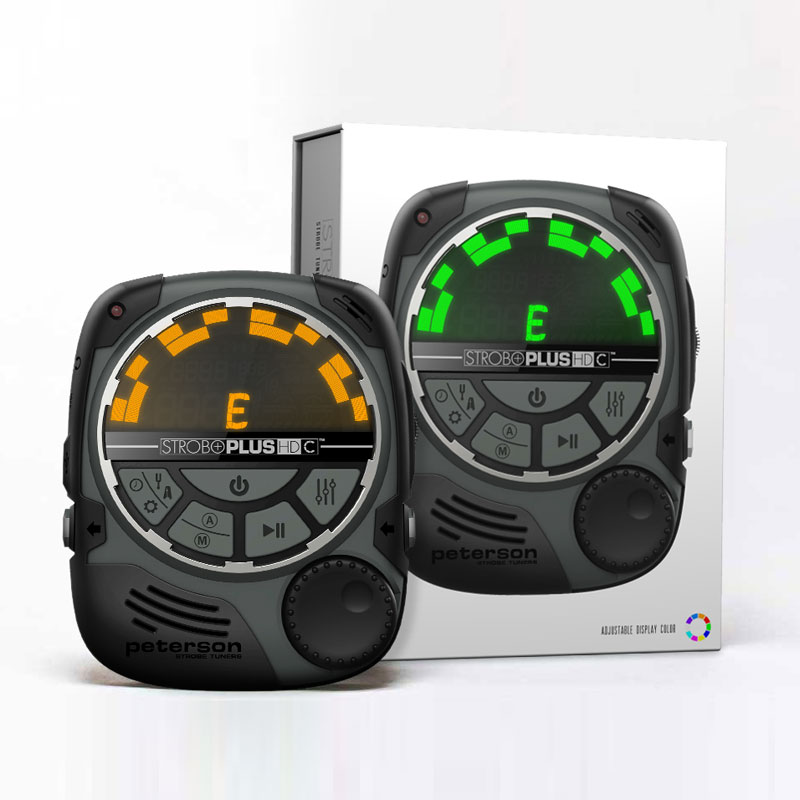
StroboPLUS HDC
$179.99
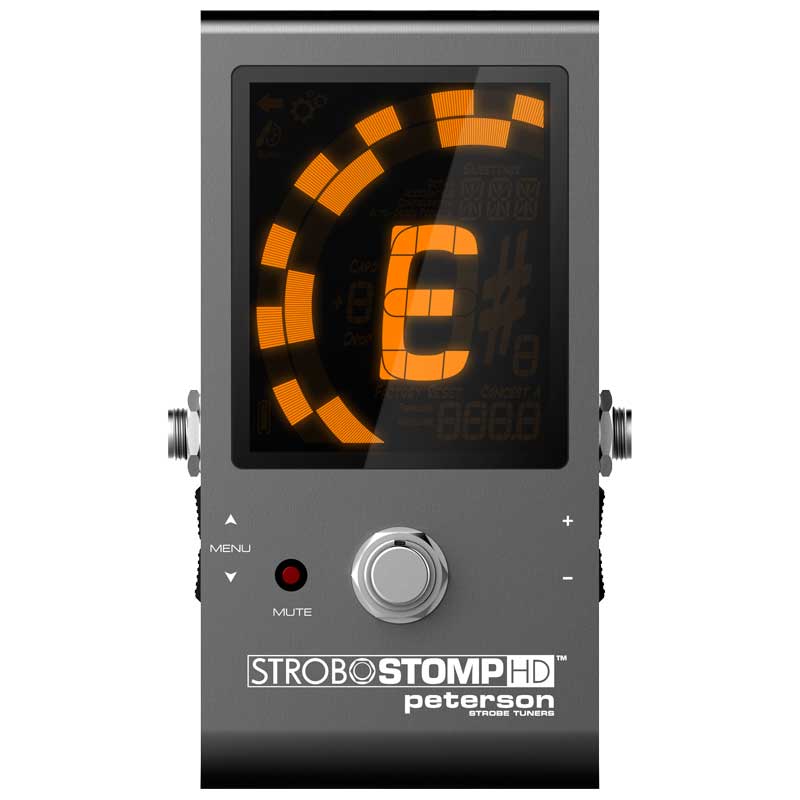
StroboStomp HD
$149.00
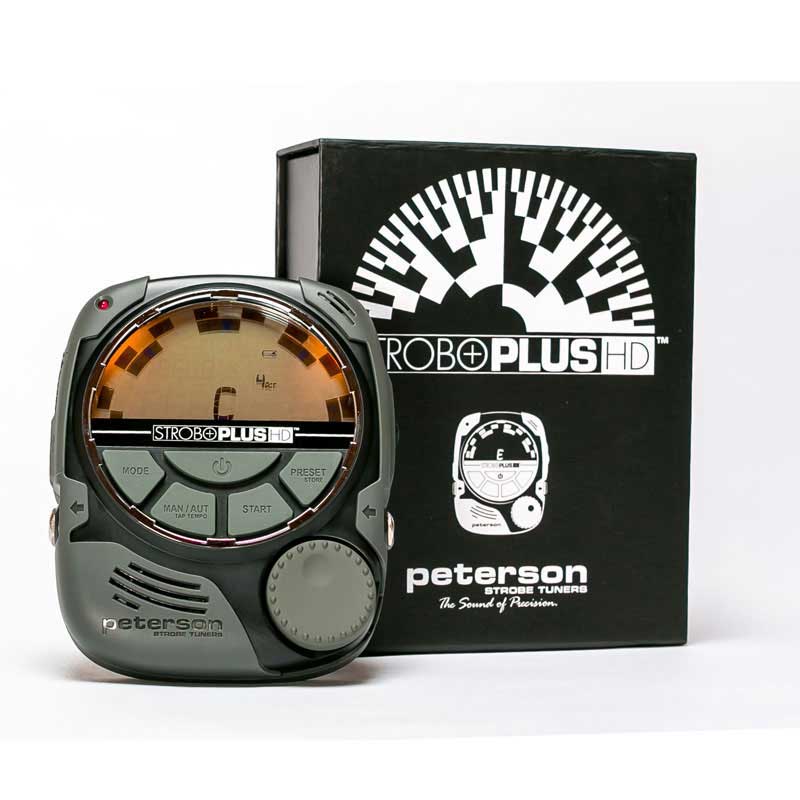
StroboPLUS HD
$149.99
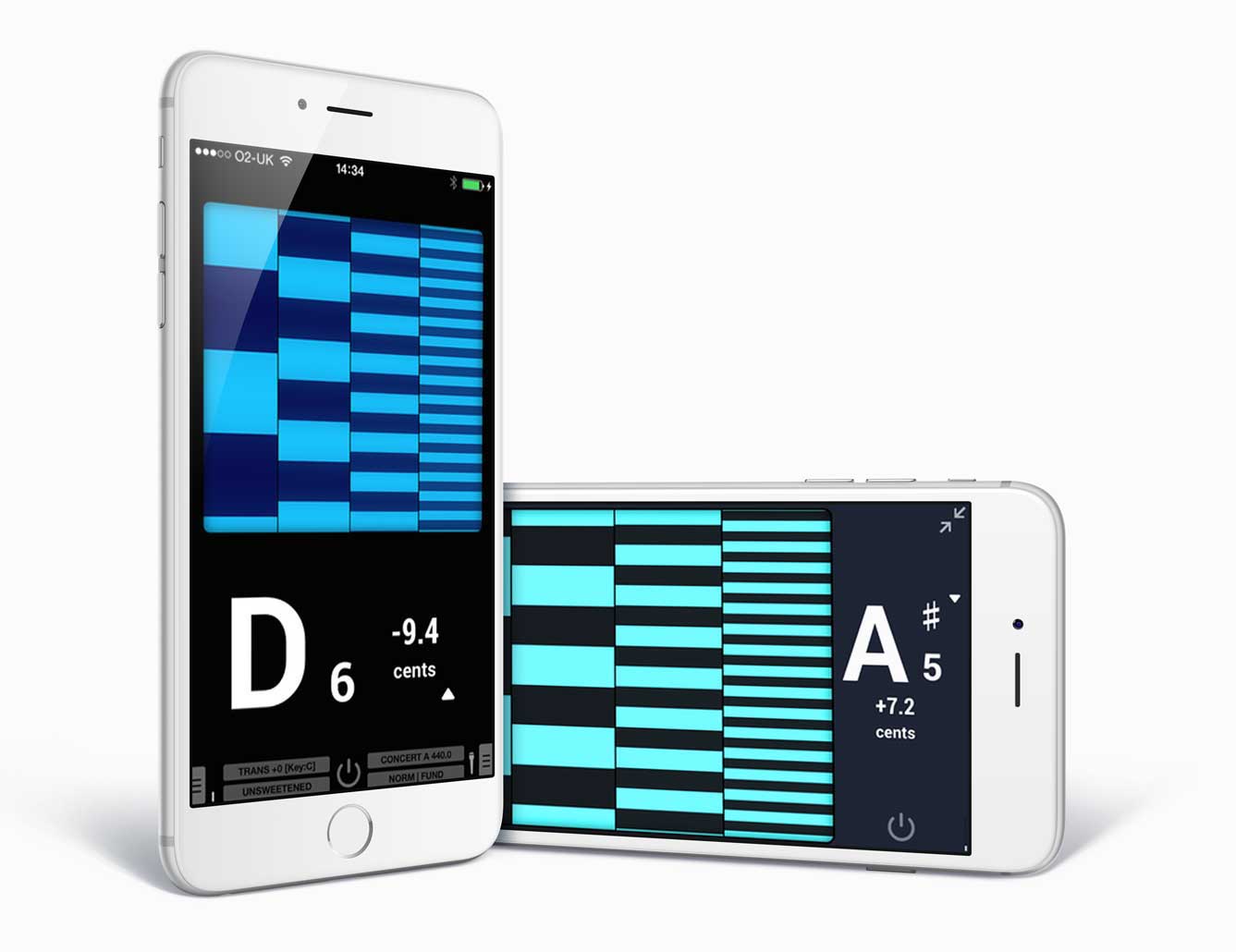
iStroboSoft™ (iOS)
$9.99

Strobe Tuning a Harp
Harps vary also in their range which can go all the way up to almost seven octaves. Regardless of whether your instrument is a simple lap harp with a small range and no levers or a full size concert instrument with multiple pedals, the tuning is crucial and deserves your full attention.
First let’s look at tuning a pedal harp. Begin by deciding where to start, if tuning in C major, begin with C4 or middle C which is usually around the middle area on a full sized harp and is often color coded in red. Next, disengage all pedals. The reason for this is to allow the string to be tuned in its full length, without the friction of the discs in the action and to avoid tension being retained between the nut and the discs and between the discs themselves.
Disengaging the pedals means that the strings are in their “Flat” position, this means that the open strings will be tuned in C Flat major, tuning an octave starting with B, C#, D#, E, F#, G#, A#. If this is too complicated for you, you can make this easier and pretty foolproof by adjusting the “Transpose” feature on your tuner to a value of -1 (minus one) and tuning to C, D, E, F, G, A, B, just remember to reverse the transposition to a zero value after tuning in order to use the tuner normally.
Lever harps are tuned diatonically, meaning they are tuned to a specific key.


